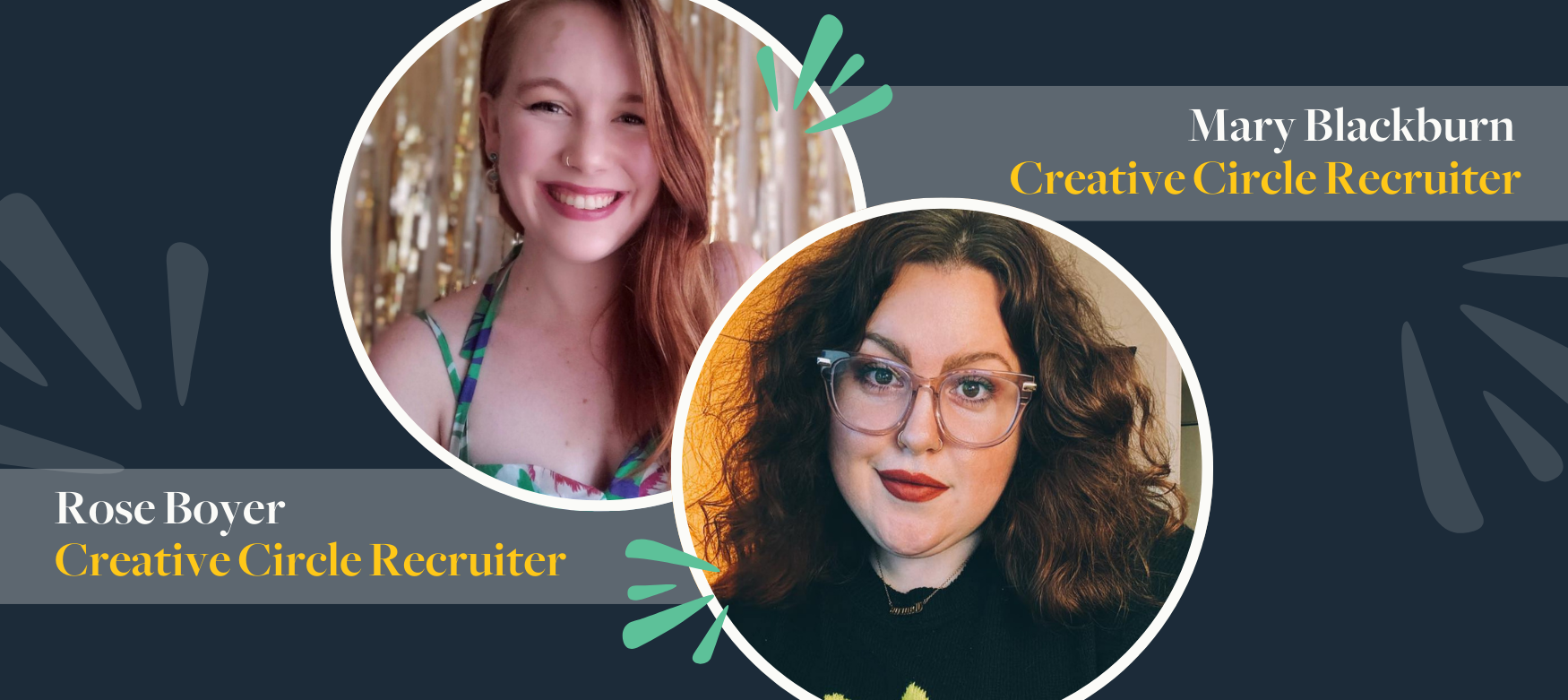As a creative professional, you’re at one of two phases in your creative career. Either you’ve been in the industry for years (some more than others) or you’re fresh out of school / an immersive course. No matter what your current occupational status is, though, one thing should be constant: you should put your best foot, or work, forward.
Throughout my time in the creative community, I’ve reviewed well over 10,000 portfolios and interviewed upwards of 4,000 creative candidates. Each candidate is unique and each portfolio – and the presentation of it – is just as unique. Putting together and showing off your portfolio can be a large undertaking, but here are some tips that are sure to make the task less daunting.
Be selective.
You may have terabytes upon terabytes of work that you want to share, but be sure to limit the amount of work in your portfolio! Ideally, you will have 10-12 top quality pieces that highlight the best work you’ve produced in recent years. If you’re just starting out and don’t have that many portfolio-worthy pieces, show as much work as you can, even if it’s spec work – as long as it’s high quality. There’s no reason to showcase lesser quality work for the sake of a bigger portfolio.
You’ll also have a very short amount of time to grab someone’s attention, so reel them in with stunning work! Lead with the absolute best piece that you have. Moving beyond the first piece, your portfolio should show that you have range and you can solve a variety of design problems. Hold off on showing multiple executions in the same style or genre. You’ll want to diversify and allow your portfolio to speak to different viewers.
Be you.
Your portfolio is meant to be a strong representation of you, so it should explain who you are, what you do and what you’re looking for. Show your personal brand, and let your personality come through a bit. Set the stage for your work to wow!
In my opinion, every creative professional should have a personal brand. It’s important to extend your brand beyond your portfolio and resume and include any professionally relevant social channels. Having a personal brand doesn’t necessarily mean developing a logo or a suite of collateral, it can be as simple as making color and font choices that remain consistent across your portfolio and resume. Not only will personal branding allow your portfolio to stand out, it will show the world that you’ve got yourself together!
Be detailed.
When your newly refined portfolio lands you an interview, you’ve got to be prepared to talk through the work. Think of it as an addition to your elevator pitch – know it inside and out, backward and forward. Since the work is yours, you should be able to speak casually about and defend the choices you made. Your color choices, type treatments, layout, copy tone and voice are all subject to questioning – even down to whether the piece is parallax vs. responsive. Sharing process documentation can help convey your creative process, but even if you don’t have it, at least be able to talk about various iterations that you went through and why the previous versions didn’t make the cut.
If you have a project in your portfolio that was a collaboration, call out what part you contributed to. Did you handle the conceptual / ideation process or did you flesh out the copy? Were you responsible for the User Experience research or the Interface / Interaction design execution? Be honest about your abilities: you don’t want to misrepresent your creative prowess.
Be up-to-date.
Remember, your portfolio is ever-evolving and will continue to grow with your career. Finding a balance between working and updating your portfolio may prove to be difficult over time, but you’ll always want to keep your portfolio current. Pro tip: don’t go too far back into the archives searching for good work. Keep your portfolio filled with fresh executions that go back no further than 4-5 years.
Also, go digital! I love quality paper selections, spot varnishes and debossing, but let’s be honest, with mobile representing 65% of digital media time, it’s clear that to be relevant, you must be digital / mobile friendly. Building your own website to showcase your portfolio is always great. However, for those of us that are “front end development averse,” there are a number of platforms that support creative portfolios – Krop, Behance, Dribbble and Artrepreneur are all great options.
If you’re looking for an even more comprehensive resource, take a look at our Portfolio Guide for further tips and best practices. Most importantly, be confident in yourself and your work!
Engage. Evolve. Create something great!
Brian is the Lead Creative Recruiter at Creative Circle New York. He and his team represent and place digital and creative talent in New York City and the surrounding areas. Brian brings over ten years of experience in the creative staffing industry, leading recruitment efforts and partnering with creative professionals and agencies, start ups and companies in need of creative solutions.




